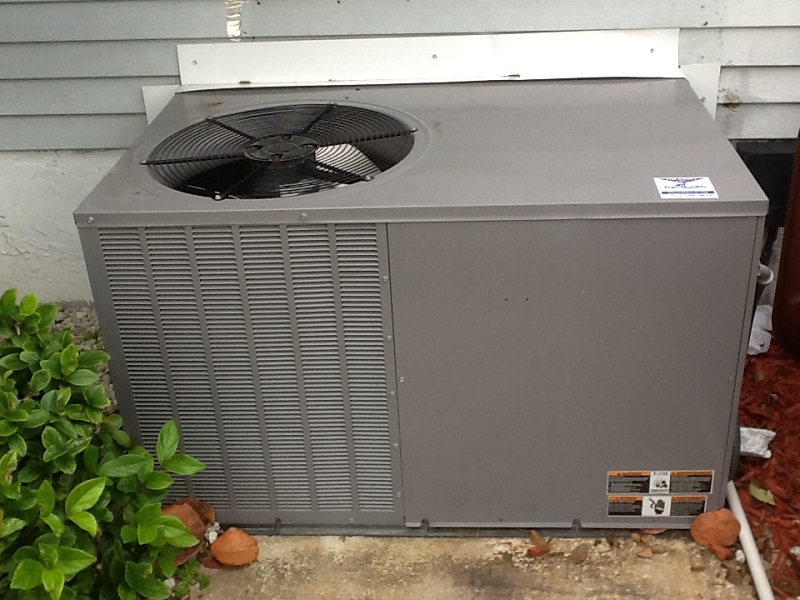If you’re reading this, chances are your heating or cooling system is acting up or you’re building a new home and want to get things right from the start. Either way, HVAC system installation is not just another item on your to-do list. It’s an investment in your comfort, energy efficiency, and even the air quality of your living space.
In this guide, we’ll break down everything you need to know about a successful HVAC install, from understanding your options to choosing the right contractor. Whether you’re a first-time homeowner or someone looking to upgrade a decades-old system, this article is here to help without the confusing industry jargon.
What Is an HVAC System, Exactly?
Let’s start with the basics. HVAC stands for Heating, Ventilation, and Air Conditioning. An HVAC system helps regulate temperature, control humidity, and circulate fresh air throughout your home. It typically includes:
-
Furnace or heat pump (for heating)
-
Air conditioner (for cooling)
-
Ductwork and vents (for air distribution)
-
Thermostat (for controlling the system)
-
Filters and air purifiers (for air quality)
A well-designed HVAC system doesn’t just keep your home cozy; it also helps you save on energy bills and ensures you’re breathing cleaner air.
Why a Quality HVAC System Installation Matters
Imagine buying a brand-new, high-end smartphone but never updating the software it’s not going to run smoothly. The same goes for HVAC systems. Even the best equipment can fail to perform if it’s installed poorly.
A professional HVAC system installation ensures:
-
Maximum energy efficiency
-
Longer system lifespan
-
Lower maintenance costs
-
Improved indoor air quality
-
Quieter operation
According to the U.S. Department of Energy, improper installation can reduce system efficiency by up to 30%. That’s a chunk of your hard-earned money going out the window or, more accurately, into your ducts.
Choosing the Right HVAC System for Your Home
Before your HVAC system installation, it’s essential to choose the system that best fits your space and needs. Some of the most common types include:
1. Split Systems
The most common residential system: a furnace indoors and an A/C unit outdoors.
2. Heat Pumps
Great for milder climates, these provide both heating and cooling from one unit.
3. Ductless Mini-Splits
Ideal for homes without ductwork or for room-specific temperature control.
4. Packaged Systems
All-in-one units typically used in homes with limited indoor space.
Pro Tip: Don’t just go for the biggest system. Oversized units can cycle too quickly, leading to poor humidity control and higher energy usage. Always have a professional conduct a load calculation to determine the right system size.
How to Choose the Right HVAC Installer
Not all installers are created equal. A proper HVAC install requires more than just technical knowledge it requires attention to detail, proper certifications, and a customer-first attitude.
Here’s what to look for:
-
Licensed and insured technicians
-
NATE certification (North American Technician Excellence)
-
Strong customer reviews and references
-
Clear, written estimates
-
Warranties on labor and parts
-
Financing options
Ask plenty of questions, and don’t be afraid to get multiple quotes. This isn’t just a transaction it’s a long-term partnership with whoever installs your system.
Cost of HVAC System Installation: What to Expect
The cost of an HVAC system installation can vary widely depending on:
-
Home size and layout
-
Type of system chosen
-
Ductwork modifications or additions
-
Efficiency ratings (SEER for cooling, AFUE for heating)
-
Your location and labor costs
Ballpark Estimate:
-
$5,000 to $12,000+ for a complete install, including equipment and labor
While this might seem steep, remember it’s a long-term investment. A properly installed, energy-efficient system can pay for itself over time through lower utility bills and fewer repair costs.
After the Install: Tips to Maximize Efficiency and Comfort
Once your new HVAC system is installed, you can take a few simple steps to keep it running like a dream:
-
Change filters regularly (every 1–3 months)
-
Schedule annual maintenance
-
Seal windows and doors to prevent drafts
-
Use programmable thermostats
-
Keep vents and registers clear of obstructions
A little upkeep goes a long way in preserving your comfort and your wallet.
Final Thoughts: Comfort Starts with the Right HVAC Install
A successful HVAC install is about more than machines and wires it’s about creating a space where your family can thrive in every season. From the first consultation to the final thermostat calibration, every step matters.
So take your time, ask questions, and work with professionals you trust. When done right, your HVAC system installation will provide years of quiet, efficient, and reliable comfort no matter what the weather throws your way.





